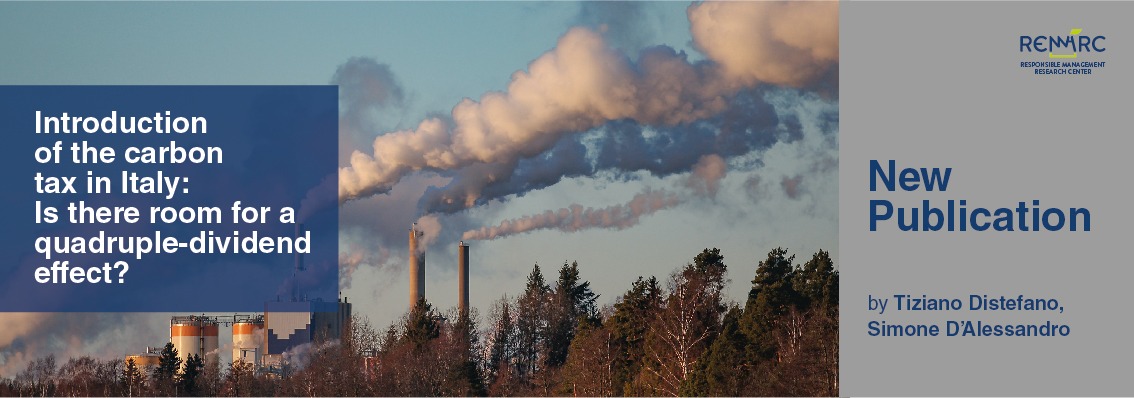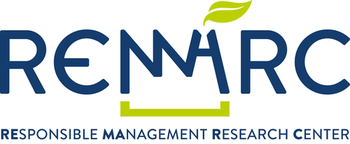Introduction of the carbon tax in Italy: Is there room for a quadruple-dividend effect?

New Publication by Tiziano Distefano and Simone D’Alessandro
Abstract
This study seeks to examine the environmental and societal impacts of a carbon tax in Italy, where the policy has yet to be implemented but has been the subject of much debate. We use numerical simulations based on the EUROGREEN macro-system dynamic model (D’Alessandro et al., 2020) to evaluate the potential benefits and drawbacks of this policy from 2010 to 2050.
We employ a sequential scenario approach, starting with a baseline that incorporates Italy’s Integrated National Energy and Climate Plan (PNIEC), followed by the introduction of a gradually increasing carbon tax. Additionally, we test two hypotheses regarding the possible adaptive behaviors of consumers and producers in response to the policy. Our analysis evaluates the long-term impacts of the carbon tax on GDP, unemployment, public debt, carbon emissions, and income inequality, in pursuit of a ”quadruple-dividend” effect.
Our findings suggest that the carbon tax: (i) has a limited impact on reducing carbon emissions, with a difference of only 2% compared to the PNIEC by 2050, (ii) has the potential to mitigate regressive effects through the redistribution of its revenue to low-income households, resulting in an improvement of approximately 2 Gini-points compared to the PNIEC, and (iii) can achieve a quadruple-dividend effect only if consumers and industries adapt their behavior to the policy.
Our research argues that Italy could reap the benefits of a carbon tax, with the revenue being redistributed to low-income households, leading to a more equitable and sustainable energy transition. This can only be achieved by combining top-down policies with bottom-up initiatives and public interventions, making environmental taxation more acceptable to the general public.
The article is available online here.



